
Brake Disc Upgrades for Performance Enthusiasts
Introduction
For performance enthusiasts, upgrading brake discs is not just a matter of improving vehicle braking efficiency; it's about transforming the driving experience. The brake system, often overshadowed by the quest for more horsepower or better handling, is a vitalcomponent that significantly influences vehicle performance. Upgraded brake discs can offer substantial improvements in stopping power, heat dissipation, and overall vehicle dynamics, making them a great idea for those drivers who push their car to the limit.

The Importance of Performance Brake Discs
Enhanced Stopping Power
In high-speed driving, especially in racing, the ability to stop quickly and reliably is just as important as acceleration. Performance brake discs are designed to provide superior stopping power over standard discs, allowing for quicker and more controlled braking. This is achieved through materials and design that increase the frictional force and heat tolerance.
Heat Dissipation
One of the primary challenges in high-performance driving is managing brake heat. Excessive heat can lead to brake fade, posing a significant safety risk. Performance brake discs are engineered to dissipate heat more efficiently, maintaining consistent braking performance even under extreme conditions.
Durability Under Stress
Regular discs can wear quickly under the high stress of performance driving. Upgraded discs are constructed to withstand these extreme conditions, offering greater durability and a longer lifespan, even when subjected to aggressive use.

Choosing The Right Brake Discs
Material Considerations
Performance brake discs are available in various materials, each offering unique benefits. Carbon ceramic discs provide excellent heat resistance and reduced weight but come at a higher cost. Alternatively, high-grade metallic compounds offer improved performance at a more accessible price point but may not match the weight advantage of carbon ceramics.
Design Features
Apart from the material, the design of the disc plays a crucial role. Slotted or drilled discs can offer better heat dissipation and reduced brake pad glazing. However, it’s essential to choose a design that suits your specific driving style and the conditions in which you typically drive.
Compatibility with Other Upgrades
Upgrading brake discs should be part of an overall approach to vehicle modification. Ensure the new discs are compatible with other brake system components, like calipers and pads, and match them with any other performance upgrades to the vehicle.
Upgrading to performance brake discs requires careful consideration of the material, design, and overall impact on the vehicle's braking system. Upgrades not only enhance safety and performance but also contribute to a more exhilarating and confident driving experience. As with any modification, it’s vital to research and select high-quality components that match your specific needs and driving conditions. With the right upgrades, you can transform your vehicle into a more responsive and dynamic machine, ready to tackle whatever challenges come your way on the road or track.

Exploring Aftermarket Brake Disc Options
When it comes to enhancing a vehicle's performance, selecting the right aftermarket brake discs is as crucial as any other performance upgrade. Enthusiasts often turn to aftermarket solutions to achieve better braking efficiency, improved heat dissipation, and a more responsive driving experience. This guide looks at the various aftermarket brake disc options available and will help you make an informed decision.
The Basics of Aftermarket Brake Discs
Material Advancements
Aftermarket brake discs are typically made from more advanced materials than standard discs. Common materials include high-carbon cast iron, which offers better heat dissipation and reduced vibration. Carbon-ceramic composites are known for their extreme heat resistance and lightweight properties. The choice of material affects the brake disc's performance, durability, and cost.
Design Innovations
Design plays a pivotal role in the functionality of brake discs. Aftermarket discs often feature slotted or drilled design, or a combination of both, to improve heat dissipation and reduce brake fade. Slotted discs are known for maintaining brake pad performance by removing debris and gas from the pad surface, whereas drilled discs offer better heat dissipation at the cost of potentially reduced structural integrity under extreme stress.

Types of Aftermarket Brake Discs
1. Slotted Brake Discs:
Ideal for high-performance driving, slotted discs feature grooves on the disc's surface which help in expelling gas and dust. They provide consistent brake pad contact and are less prone to cracking at high temperatures compared to drilled discs.
2. Drilled Brake Discs:
Drilled brake discs have holes drilled through the disc surface, enhancing heat dissipation, and reducing the risk of brake fade. However, they can be more prone to cracking under stress and are typically more suited for street driving rather than racing.
3. Drilled and Slotted Brake Discs:
Combining the benefits of both designs, these discs offer improved heat dissipation and gas expulsion. They provide a balance suitable for drivers who enjoy spirited street driving and occasional track days.
4. Carbon-Ceramic Brake Discs:
Regarded as the pinnacle of brake disc technology, carbon-ceramic discs are incredibly lightweight and offer exceptional heat resistance. They are ideal for high-performance and luxury vehicles where cost is less of a concern.

Considerations for Choosing Aftermarket Brake Discs
Vehicle Type and Usage:
The choice of brake discs should align with your vehicle type and its use. For example, heavy vehicles, or those used in competitive racing may benefit more from slotted discs due to their durability and consistent performance under stress.
Driving Conditions:
Consider your typical driving conditions. Carbon-ceramic discs might be overkill for regular city driving, while high-carbon cast iron or drilled discs could offer a suitable balance for daily use with occasional competitive driving.
Compatibility with Brake System:
Ensure that the aftermarket discs are compatible with your vehicle’s existing brake system, including calipers and brake pads. Mismatched components can lead to poor performance or even safety hazards.
Budget Constraints:
Aftermarket brake disc prices vary widely. High-carbon cast iron discs are generally more affordable than carbon-ceramic ones. Decide on a budget that reflects your needs.

Installation and Maintenance
Professional Installation:
For best performance and safety, professional installation of aftermarket brake discs is recommended. Proper installation ensures the discs are correctly aligned and calibrated with your vehicle.
Regular Maintenance:
After upgrading to aftermarket discs, regular maintenance is vital. This includes routine inspections for wear, cleaning to remove debris, and ensuring they are functioning correctly with the pads and calipers.
Performance and Safety
Enhanced Performance:
Aftermarket brake discs can significantly enhance your vehicle’s braking performance. Improved heat dissipation, better pad contact, and reduced brake fade all contribute to a safer and more enjoyable driving experience.
Safety Considerations:
While upgrading brake discs, never compromise on safety. High-quality, well-matched components, professional installation, and regular maintenance are critical for ensuring your performance upgrades enhance safety. Remember, while performance is important, safety is paramount. Therefore, always prioritise high-quality components and professional advice when upgrading your brake system.
Benefits of Upgrading for Performance and Safety
Upgrading to high-performance brake discs is an essential step for any enthusiast looking to enhance their vehicle's capabilities. This upgrade is more than just looking good or going faster; it directly impacts the safety and handling of the car.
Enhanced Stopping Power
Immediate Response:
Performance brake discs are designed to provide a more immediate response when the brakes are applied. This can be critical in high-speed driving situations where every fraction of a second counts.
Greater Control:
With enhanced stopping power comes greater control over the vehicle. This is especially important in emergency braking situations .
Improved Heat Dissipation
Reduced Brake Fade:
One of the primary benefits of high-performance brake discs is their ability to dissipate heat more efficiently. This quality is crucial in preventing brake fade - a condition where brakes lose their effectiveness due to overheating during prolonged use.
Consistent Performance:
By effectively managing heat, performance brake discs maintain their efficiency even under strenuous driving conditions. This consistency is vital for drivers who engage in track days.
Durability and Longevity
Resistant to Wear:
High-quality materials used in performance brake discs, such as carbon-ceramic or high-carbon cast iron, are more resistant to wear compared to standard discs. This means they can handle the rigours of aggressive driving without losing power.
Cost-Effective in the Long Run:
While investment in performance brake discs can be higher, their durability often translates into a more cost-effective solution over time. Fewer replacements and maintenance needs can offset the initial cost.
Enhanced Vehicle Dynamics
Reduced Un-sprung Weight:
Lightweight brake discs, like those made from carbon-ceramic materials, reduce the un-sprung weight of the vehicle. This reduction can significantly improve the vehicle's handling and acceleration.
Balanced Performance:
Upgrading brake discs contributes to a more balanced overall performance of the vehicle. It complements other performance upgrades like suspension improvements or engine tuning, leading to an optimal driving experience.
Safety Improvements
Predictable Braking:
Performance brake discs offer more predictable and reliable braking, essential for safe driving. Knowing how your car will respond in a braking scenario increases driver confidence and safety.
Suitability for Diverse Conditions:
These discs are engineered to perform optimally in a range of conditions, including wet and dry environments, making them a safer choice for drivers who encounter varied driving scenarios.

Compatibility with Advanced Driving Assistance Systems
Integration with Vehicle Systems
Modern vehicles are equipped with advanced driving assistance systems (ADAS) like ABS and electronic stability control. Performance brake discs are designed to complement these systems, enhancing their effectiveness.
Customisation and Aesthetics
Tailored to Driving Style:
Performance brake discs can be customised according to the driver's style and the vehicle’s performance requirements. Whether it's for street use, track days, or off-road adventures, there's a configuration that fits every need.
Visual Appeal:
Beyond functionality, performance brake discs, with their unique designs and materials, also add an aesthetic appeal to a vehicle, making them a popular choice for car enthusiasts who value both form and function.
Environmental Considerations
Reduced Brake Dust:
High-quality brake discs produce less brake dust compared to standard discs, contributing to cleaner wheels and a lower environmental impact.
Noise Reduction:
Advanced manufacturing techniques result in discs that operate more quietly, reducing noise pollution and enhancing the driver experience.
The decision to upgrade to performance brake discs encompasses much more than achieving faster stopping times; it's a comprehensive enhancement that touches upon every aspect of driving - from safety and control to longevity and aesthetics. It represents a well-rounded approach to vehicle modification, prioritising safety without compromising on performance.

How to Choose the Right Upgraded Brake Discs
Selecting the right upgraded brake discs is a critical decision for any driver looking to enhance their vehicle's performance and safety. Here are some factors to consider.
1. Assess Your Driving Needs:
Performance vs. Daily Driving:
If you're frequently on the track or engage in high-performance driving, choose discs that offer superior heat resistance and stopping power. For everyday use, look for discs that provide a balance between performance and durability.
2. Material Matters:
Carbon-Ceramic vs. Metallic:
Carbon-ceramic discs are ideal for high-performance and luxury vehicles due to their lightweight and exceptional heat dissipation. High-carbon metallic discs are a cost-effective alternative, offering improved performance over standard discs without the high price tag.
3. Compatibility with Your Vehicle:
Ensure the discs are compatible with your vehicle’s make, model, and existing brake system, including calipers and pads. Incompatibility can lead to reduced efficiency or safety issues.
4. Design Considerations:
Consider slotted, drilled, or vented discs based on your performance requirements. Slotted discs are generally better for high-performance use, while drilled discs are suitable for street driving.
5. Consult Experts:
Seek advice from experts who specialise in performance upgrades. Their experience can guide you in choosing the best option for your specific vehicle and driving style.
6. Do Your Research:
Look for reviews and testimonials from other drivers who have upgraded their brake discs. Their experiences can provide valuable insights into performance and reliability.
7. Quality and Brand Reputation:
Choose high-quality discs from reputable manufacturers. Investing in well-known and tested brands can ensure reliability and safety.
8. Consider Long-Term Costs:
Factor in not just the initial cost but also the long-term maintenance and potential replacement costs. Go for discs that offer a good balance of performance and longevity.
News and blogs
-
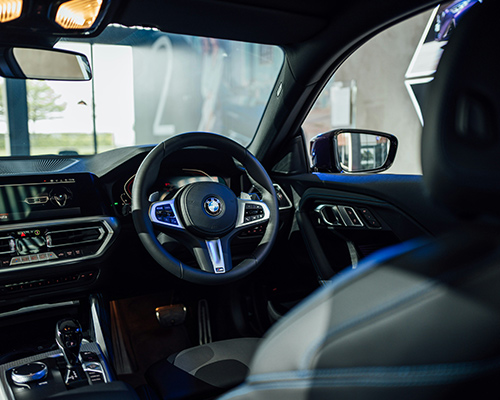
Over The Air Software Updates: What Are They and Do They Really Increase The Value of Your Car?
12th Mar 2025
Read More -

Ferrari's First Fully Electric Car: What We Know So Far
19th Feb 2025
Read More -
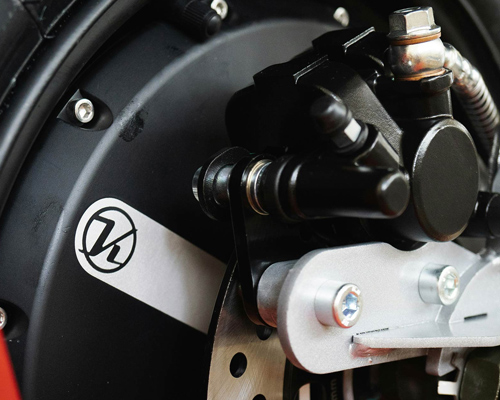
The Future of Brake Calipers: Innovations and Trends
27th Jan 2025
Read More -
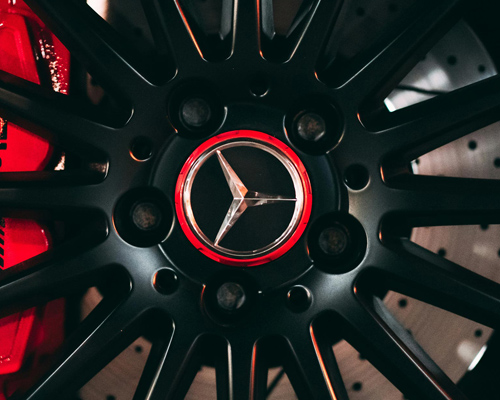
How Often Should You Replace Your Brake Calipers?
27th Jan 2025
Read More -
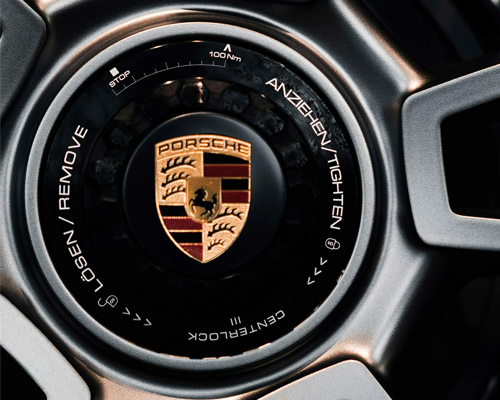
How to Choose Brake Calipers for High-Performance Vehicles
27th Jan 2025
Read More -

Best Brake Calipers for SUVs and Trucks
27th Jan 2025
Read More -
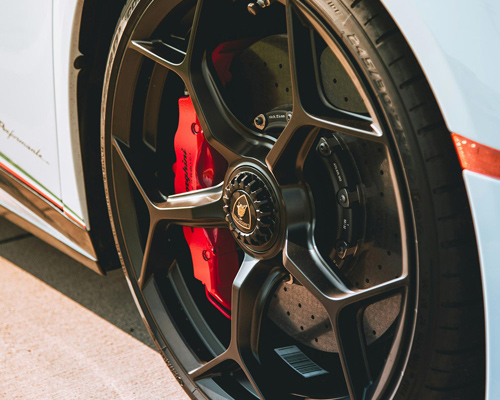
How to Replace a Brake Caliper: Step-by-Step Guide
27th Jan 2025
Read More -
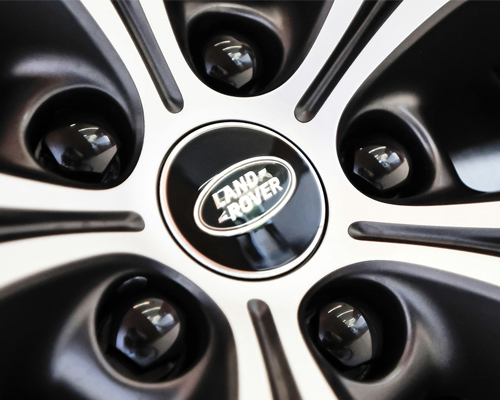
How to Spot a Worn-Out Brake Caliper
27th Jan 2025
Read More -
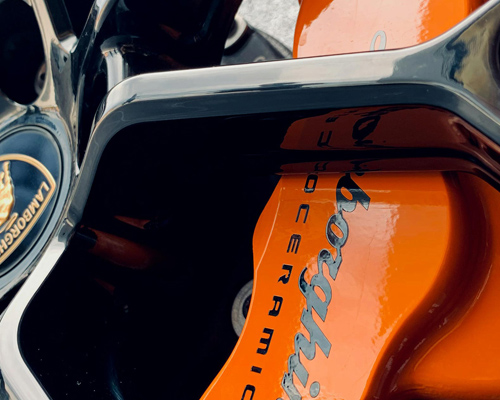
Common Causes of Brake Caliper Failure
27th Jan 2025
Read More -

Why Floating Brake Calipers Are the Preferred Choice for Most Cars
27th Jan 2025
Read More





